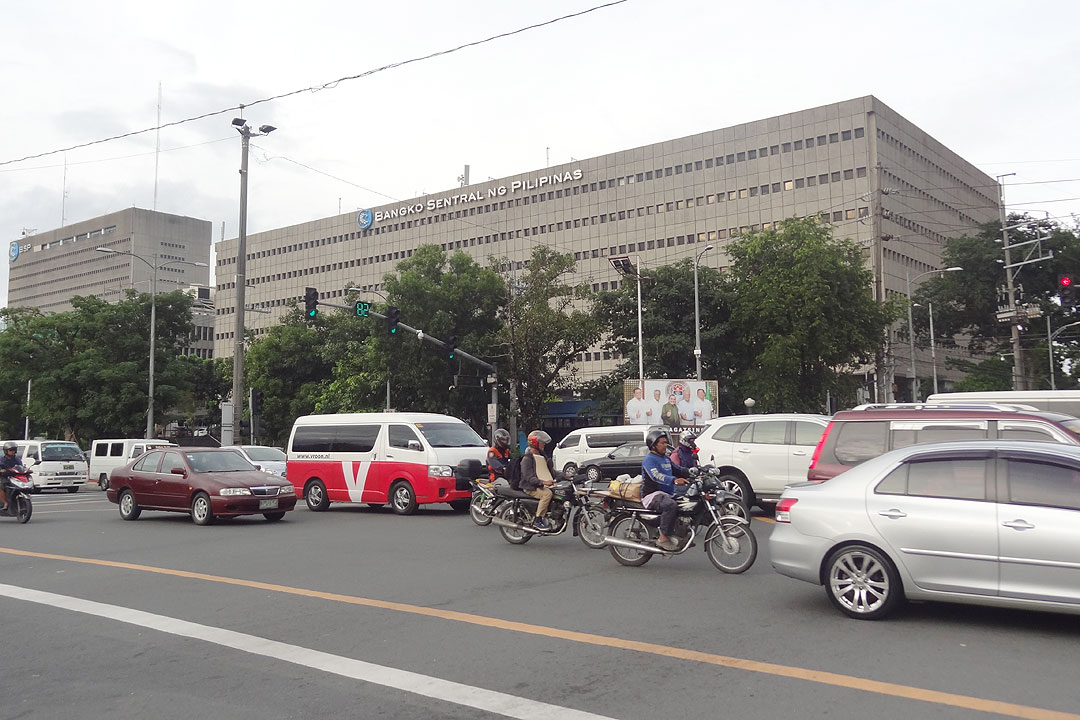BSP must prepare to act if rise in inflation becomes ‘more entrenched’ — IMF

By Luz Wendy T. Noble, Reporter
THE BANGKO SENTRAL ng Pilipinas (BSP) is likely to remain accommodative this year, but it should be prepared to act against “more entrenched” inflation or a possible capital outflow in case of faster tightening by the US Federal Reserve, according to the International Monetary Fund (IMF).
The manageable inflation outlook and continued “slack” in the economy makes an accommodative monetary stance appropriate for 2022, said IMF Representative to the Philippines Ragnar Gudmundsson.
While the December inflation print is an “encouraging” sign, he warned the BSP to look for signs that may warrant the need for monetary policy tightening.
Inflation in December eased to 3.6%, its lowest in 12 months but the full-year inflation of 4.5% still exceeded the central bank’s 2-4% target band.
The central bank expects inflation to ease to within the target at 3.4% and 3.2% for 2022 and 2023, respectively.
“The BSP should stand ready to tighten monetary policy if the rise in inflation observed last year becomes more entrenched as a result of higher commodity prices and supply-chain disruptions, or if the faster-than-expected US Fed tightening leads to capital outflows and a depreciation of the currency,” Mr. Gudmundsson said in an e-mail.
Investors are now expecting the Fed to hike interest rates three times this year, starting as early as March, according to a Reuters poll last week.
The BSP kept rates steady at its Dec. 17 meeting, vowing to maintain monetary policy support amid the threat from the Omicron variant.
BSP Governor Benjamin E. Diokno has said they would want to see four to six quarters of steady economic growth before making any policy adjustments. He said they may consider a reduction in reserve requirements of banks if there is still need to provide more support to the economy.
“It’s worth emphasizing that maintaining a flexible exchange rate provides an effective first line of defense against external shocks. Another important consideration will be to monitor surveys of private sector inflation expectations to ensure that they don’t de-anchor,” Mr. Gudmundsson said.
Asked whether the peso could hit P52 per dollar, Mr. Diokno last week said the peso will continue to be market driven and supported by a prudent fiscal position and ample exchange buffers.
The country’s gross international reserves (GIR) as of end-2021 stood at $108.891 billion, down from the record $110.117 billion a year earlier as well as the $111-billion end-2021 projection by the central bank.
Still, the GIR is enough to cover 10.3 months’ worth of imports of goods and payments of services and primary income. It is also equivalent to about 8.8 times the country’s short-term external debt based on original maturity and 5.9 times based on residual maturity.
Meanwhile, Mr. Gudmundsson noted how the central bank has started to reduce its purchase of government securities as well as its loan to the National Government.
“While the exit strategy should be gradual and consistent with the economic recovery taking hold, phasing out direct budgetary financing as conditions in the financial markets normalize will help preserve the BSP’s operational capacity and independence,” Mr. Gudmundsson said.
“This should ultimately contribute to the effectiveness of monetary policy and the smooth functioning of markets,” he added.
Mr. Diokno earlier said the BSP bought an average of P282 million of government securities in the secondary market from Dec. 1 to 23, significantly lower from the peak when it averaged P14.7 billion every day in June 2020.
Last month, the BSP approved a P300-billion zero-interest loan to the National Government, lower than previous advances.
The central bank will have its first policy review for the year on Feb. 17.



